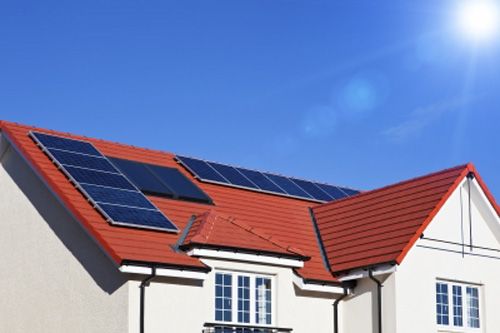

Solar panel installations have fallen by 80%, following the massive cut in government subsidies at the beginning of 2016.
Homeowners have turned their back on solar energy, following the controversial decision to slash payments to households for their solar energy under the Feed-in Tariff from 12 pence per kWh last January to just 4.39 pence.
As a result, the number of people putting solar panels on their homes is now at a six-year low.
Between January and March, there were about 650 rooftop deployments a week – a fall of more than 75% on the long-term average of 2,700 a week since 2010.
Paul Barwell, chief executive of The Solar Trade Association, which produced the figures from government statistics, told the Independent: “At a time when we need more generation, the government is hindering market competition against the best interests of consumers by suppressing the tremendous potential of solar power in the UK.
“Solar is being needlessly impeded in the UK by shock taxes, red tape and by a serious failure in the only remaining supportive policy.
“We urge the government to act now to stabilise the industry.”
Of particular concern is a 65% drop in the number of large-scale solar schemes on hospitals, factories and other large buildings, which backers of solar power say may well have been caused by the business rate increase.
The figures equate to just one large factory roof having solar panels fitted every month in the whole of the country.
Paul admitted he did not want new rooftop subsidies, but added: “What we are asking for, and urgently, is fair tax treatment, fixes to a failing policy, less red tape and just a level playing field.
“It makes no sense to shut the most popular and cheapest clean power out of the energy market.”
The Department for Business, Energy and Industrial Strategy has defended the fall in solar panel installations among homes and businesses.
A spokesman said: “This government wants Britain to be one of the best places in the world to invest in clean, flexible energy. Solar power is a great success, with over 11 GW of capacity installed in the last five years – that’s enough to power more than 2.6 million homes with clean electricity.”
